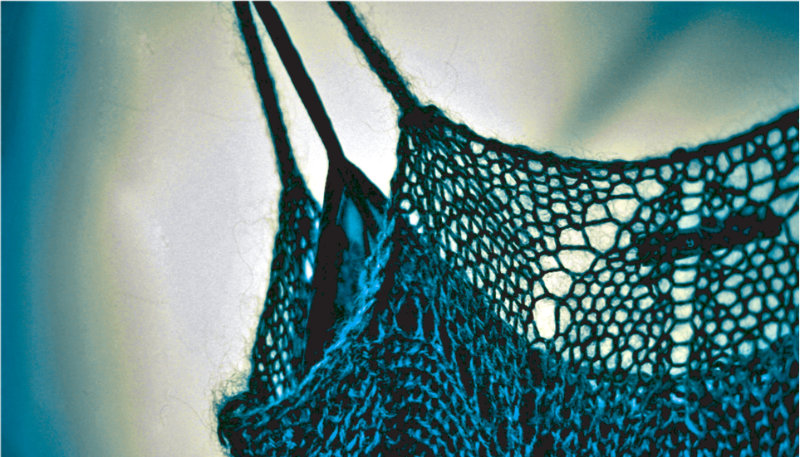transformative design is design seen from the future.
Why transformative design?

Design is at the beginning of the lifecycle of every product. As a result, design is becoming more important today than it was 20 years ago, when the still ongoing model of a growth economy is causing exponentially increasing social, ecological and economic problems. We are aware of our global limits and must act now and today.
Transformative design enables products to trigger transformative processes among users and to question our buying behaviour and the use of e.g. clothes. These transformative solutions are need-satisfying, problem-solving, market relevant and often resource-efficient (Tischner, 2013).
In the current discourse design we are currently dealing mainly with waste management in the form of avoidance, as in zero waste design, re- or upcycling or in the form of transformation into nutrients and technical materials that can be further used, as in circular design.
Transformative design, however, goes one step further: it is design viewed from the future. Conceptually, it is based on the research field of transformational design that emerged a few years ago in interdisciplinary sustainability research (see Welzer, Schneidewind). In contrast, transformative design clearly describes the manufacture of products and their interaction with users, which can generate added value or positive outcomes. This can be of socio-cultural, ecological or economic nature.
In this sense, transformative design strategies can be a driver for future-oriented solutions in the garment industry (Fletcher, 2012). While conventional design in fashion has so far focused primarily on aesthetics, optics and haptics in relation to the wishes and needs of individual target groups, transformative design must, however, deal with different framework conditions in the sense of securing a sustainable future. These are primarily to be understood under social and environmental aspects. However, they also contain a great potential for innovation in the sense of adapting to a future-oriented orientation of the apparel industry, which has to deal with the requirements of an ever faster advancing digitalisation and automation in the industry.
Thus, starting from the future, transformative design no longer only deals with the question of resource conservation, better handling of non-sustainable materials such as petroleum-based fibers or strategies for waste management, but poses completely different questions to the products that are to be created. These are products that are clearly intended to serve the post-growth society and not a society that regards the increase of capital of individuals and companies as the ultimate goal. One example is "Gift Design", the giving of design to unknown or disadvantaged people in order to improve their personal situation and promote a new way of living together. For these new design strategies, different competences of designers are necessary. Tolerance, empathy and compassion are at the top of the list and can be promoted through design.
